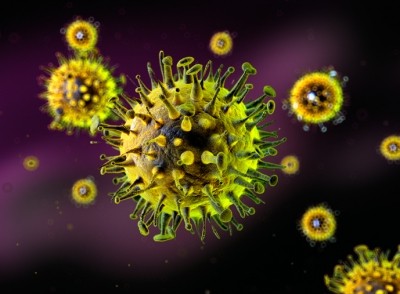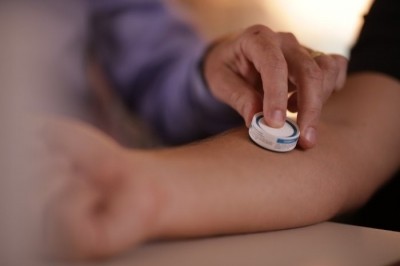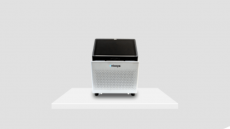update: WHO says tech like Nanopatch can help get vaccines to the people that need them
Vaxxas raises $20m for nanopatch vaccine trials

The privately-owned biotechnology firm secured the cash from new and existing investors in a funding round led by Sydney, Australia-based venture capital group, OneVentures.
Vaxxas has been around since 2011 when OneVentures and co-backers Brandon Capital, HealthCare Ventures and the Medical Research Commercialisation Fund stumped up $12m to pay for development of the firm’s Nanopatch vaccine delivery platform.
The technology – which was developed at the Australian Institute of Bioengineering & Nanotechnology at The University of Queensland – is designed as an alternative to needles that helps vaccines elicit a more protective immune response.
The patches consists of an array of nanoscale microneedles that guide vaccines to the immune cells just under the surface of the skin in an approach that Vaxxas claims results in a stronger immune response that makes adjuvants unnecessary.
WEF, WHO and Merck & Co
Vaxxas’s strategy is to develop its own vaccine pipeline and license out the nanopatch technology to other drug developers. In 2012, the firm partnered with US vaccine giant Merck & Co to assess the platform for the delivery of undisclosed candidates.
The firm has also been designated as a Technology Pioneer by the World Economic Forum (WEF), which is the organisation that hosts economist, politicians and industry at a meeting in Davos, Switzerland each year.
In particular, the WEF highlighted the Nanopatch system’s use of dried vaccines which it suggested could mean “the billions of dollars needed to maintain the cold-chain may someday be reinvested toward more pressing priorities in global health systems.”
More recently the World Health Organisation (WHO) provided Vaxxas with funding to test nanopatch as a delivery technology for its polio eradication programme.
Oliver Rosenbauer, spokesperson for the Polio Eradication Initiative at the WHO, told Biopharma-Reporter.com that the technology has huge potential.
"Oral polio vaccine is being used to try and eradicate polio because it eliminates person to person spread,” he explained, adding that because OPV uses a live vaccine that, in very rare cases, can mutate and cause infection, injectable polio vaccine is also sometimes employed.
This is a problem for the WHO according to Rosenbauer, who said “IPV is expensive and difficult to administer because it requires trained staff” adding that the nanopatch technology and others the WHO is testing could resolve the issue.
He added that: "There is no point having the best vaccine in the world, if you can't get it to the kids who need it."
















